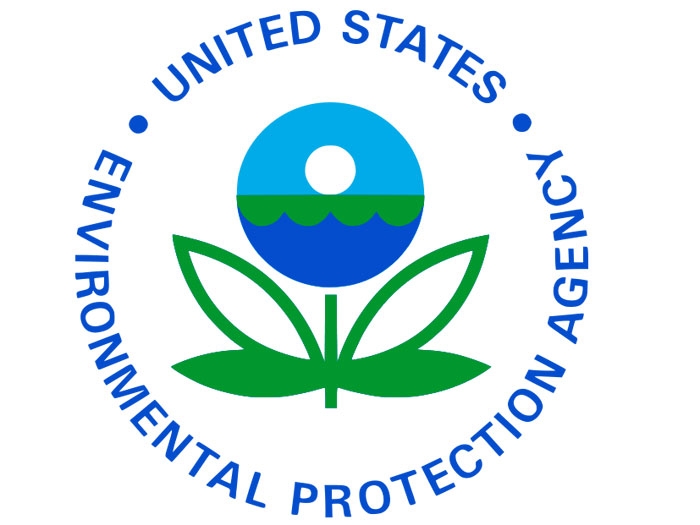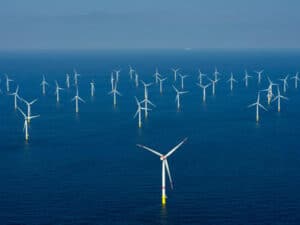
Shipowners who violate ECA rules face stiff penalties
Written by Nick Blenkey
JANUARY 19, 2015 — Shipowners who violate the new fuel sulfur requirements in the North American ECA (Emissions Control Area) will face stiff civil penalties.
On January 16, 2015, EPA released a penalty policy that outlines the methods by which the agency will assess civil penalties for violations of the ECA limits, which are enforceable in the U.S. under the Act to Prevent Pollution from Ships (APPS).
While the statutory maximum penalty set by APPS is $25,000 per violation per day, a ship burning non-compliant fuel may also be in violation of other requirements of MARPOL Annex VI and could also face additional penalties for those violations.
The penalty policy goal is to achieve deterrence through a penalty that removes the economic benefit of noncompliance, and reflects the gravity of the violation.
The policy says the EPA case team should calculate the full economic benefit of noncompliance and the gravity components of the penalty, and then decide whether any of the adjustment factors provided for to ensure a penalty is fair and equitable are applicable.
The “economic benefit” component is a mathematical formula based on factors such as the relative price difference between compliant and noncompliant fuel, and the amount of noncompliant fuel burned within the ECAs. The policy includes methods for estimating these factors when actual data is not available.
The “gravity” will look at the seriousness of the violation, including the actual sulfur content of noncompliant fuel burned within the ECA. Another factor is the number of recordkeeping violations.
The “economic benefit” and “gravity” components are combined into a “preliminary deterrence amount.” That combination is then adjusted according to factors designed to provide flexibility to account for the unique facts of each case such as degree of willfulness or negligence, degree of cooperation, history of noncompliance, litigation risk, ability to pay, and performance of a supplemental environmental project.
Though the penalty policy was developed primarily to address violations of the fuel sulfur standard, EPA notes that a ship burning non-compliant fuel may also be in violation of other requirements of MARPOL Annex VI.
For example, ships are required to maintain a written procedure showing how the fuel oil change-over is to be done, and a log recording change-over details, including recording certain measurements in fuel tanks prior to the entry into, or commenced after exit from, an ECA.
Any ship that does not use compliant fuel in an ECA may have also failed to establish and/or follow a change-over procedure, and/or make and record the required measurements.
Other Annex VI regulations require ships to receive and maintain bunker delivery notes for a period of three years after the fuel oil has been delivered and to maintain a representative sample of the fuel oil delivered to the ship for a period of twelve months from the time of delivery. Each failure, on each day it occurred, is a separate violation.
The EPA says it may calculate penalties for violations of MARPOL Annex VI, APPS, and regulations other than those covered by the penalty policy on a case-by-case basis, may amend the penalty policy, or may create a separate penalty policy.
Download the Penalty Policy HERE





Leave a Reply
You must be logged in to post a comment.